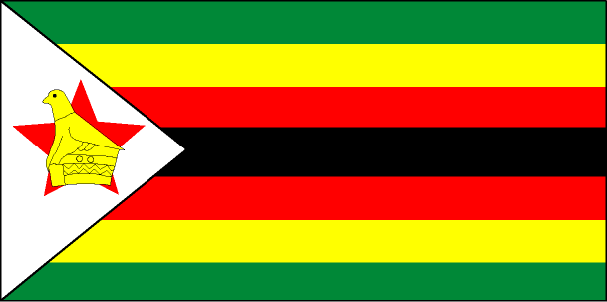

The remaining regiments carried a red banner displaying the Columns of Gediminas. This flag, known as the Vytis, would eventually be used as the Lithuanian war flag, and again in 2004 as the state flag. The majority of the 40 regiments carried a red banner depicting a mounted knight in pursuit. At the Battle of Grunwald in 1410, two distinct flags were present. The earliest known flags with a Lithuanian identity were recorded in the 15th-century Banderia Prutenorum, written by Jan Długosz. History Battle flag with the Vytis, 1410, reconstruction National flag (1918–1940) Historical state flag The last alteration to the current flag occurred in 2004, when the aspect ratio changed from 1:2 to 3:5. The flag was then re-adopted on 20 March 1989, almost a year before the re-establishment of Lithuania's independence and almost three years before the collapse of the Soviet Union. During the post-World War II Soviet occupation, from 1945 until 1989, the Soviet Lithuanian flag consisted first of a generic red Soviet flag with the name of the republic, then changed to the red flag with white and green bands at the bottom. It was adopted on 25 April 1918 during Lithuania's first period of independence (in the 20th century) from 1918 to 1940, which ceased with the occupation first by the Soviet Union, and then by Nazi Germany (1941–1944). The national flag of Lithuania ( Lithuanian: Lietuvos vėliava) consists of a horizontal tricolour of yellow, green, and red.


 0 kommentar(er)
0 kommentar(er)
